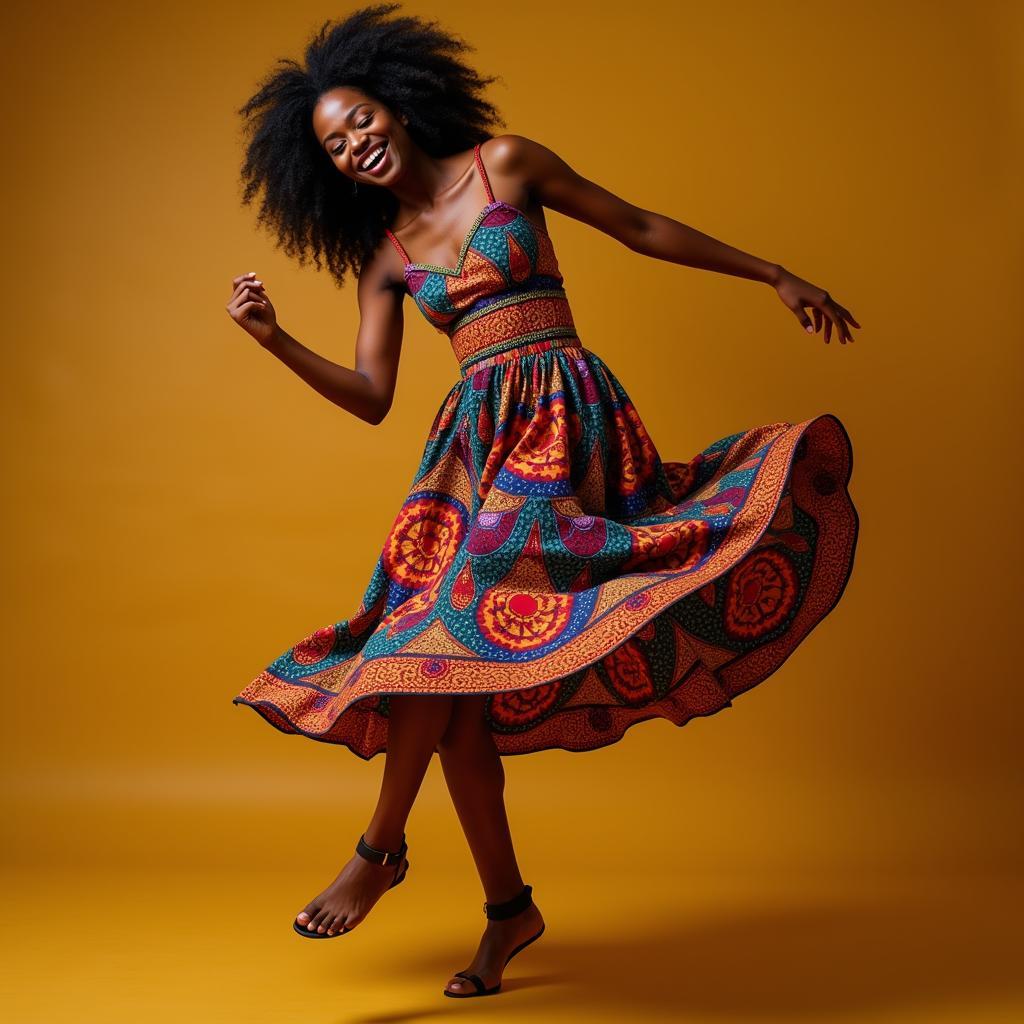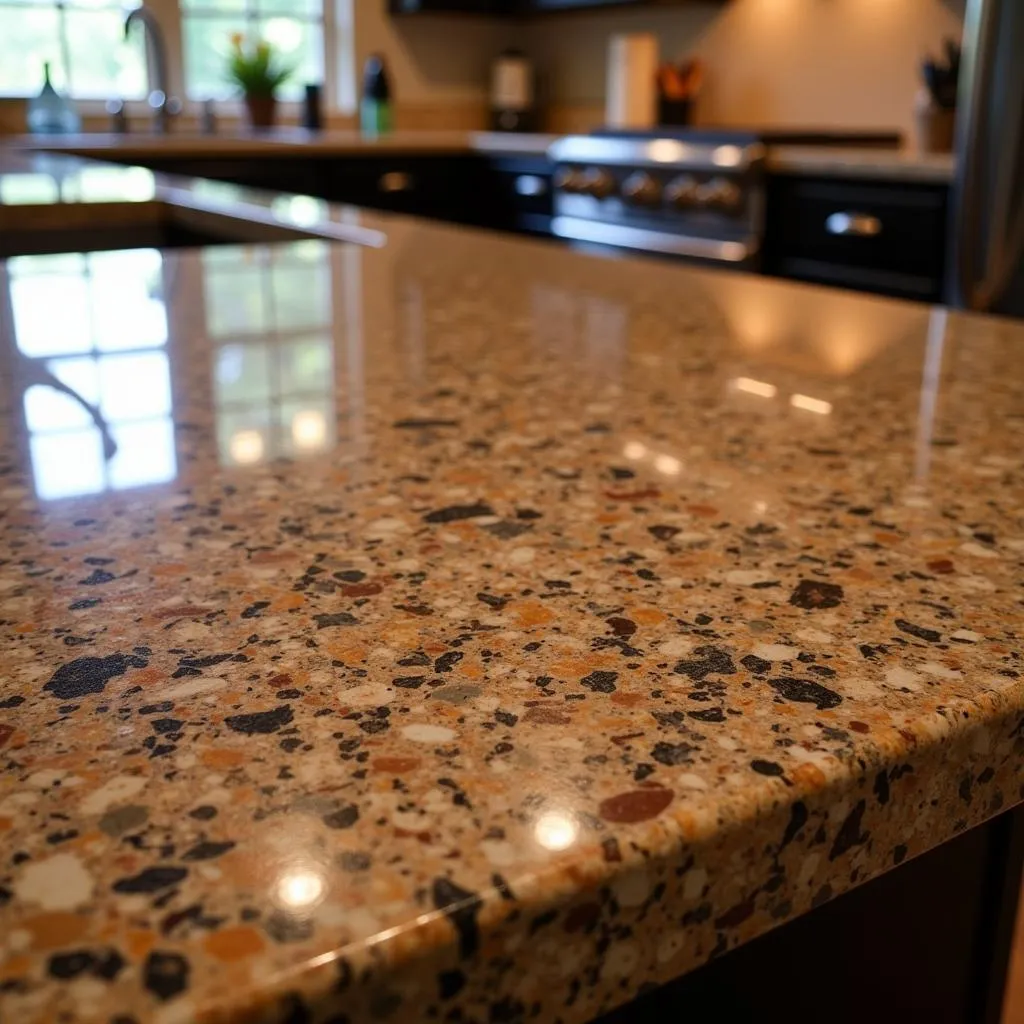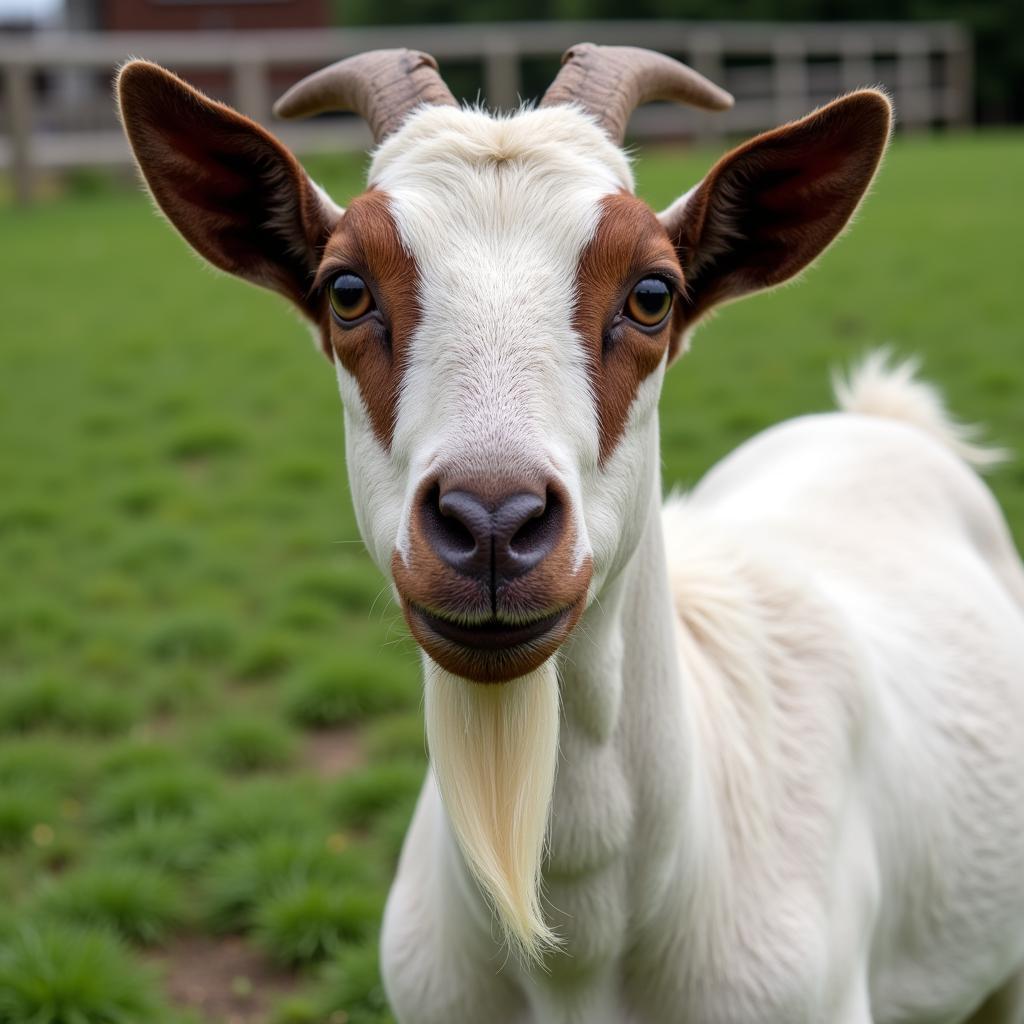Celebrating the Beauty of African Women: Beyond Superficial Standards
The allure of “African Beautiful Sexy Girls” is a topic that often surfaces online, reflecting a curiosity about the diverse beauty standards across the African continent. However, it’s crucial to approach this subject with sensitivity and respect, moving beyond superficial stereotypes and appreciating the multi-faceted beauty of African women in a meaningful way.
More Than Just Looks: Understanding True Beauty in African Cultures
Across Africa’s 54 countries, beauty is celebrated in its myriad forms. It’s intricately woven into the fabric of daily life, reflected in everything from traditional clothing and hairstyles to music, dance, and storytelling. For example, the Mursi women of Ethiopia are known for their elaborate lip plates, which signify beauty and status within their community. Similarly, the Himba women of Namibia use red ochre and butter to create intricate hairstyles and adorn their bodies, signifying their connection to their ancestors and the natural world.
 African Woman Dancing in Celebration
African Woman Dancing in Celebration
It’s essential to understand that beauty in many African cultures is not solely defined by physical appearance. It encompasses a woman’s character, strength, intelligence, kindness, and contributions to her community. A woman’s inner beauty, her resilience, her nurturing spirit, and her role as a pillar of her family and society are equally valued and celebrated.
Challenging Western Beauty Standards: Embracing Diversity and Uniqueness
The global media often portrays a narrow and often unrealistic standard of beauty, which can be particularly damaging when applied to women of African descent. This makes it even more important to challenge these narrow definitions and celebrate the diversity of beauty that exists within Africa and across the globe.
 African Women in Different Professions
African Women in Different Professions
From the rich dark skin tones to the variety of hair textures, facial features, and body shapes, the beauty of African women is as diverse as the continent itself. It’s time to move beyond limiting stereotypes and embrace this diversity, recognizing that true beauty lies in individuality and authenticity.


